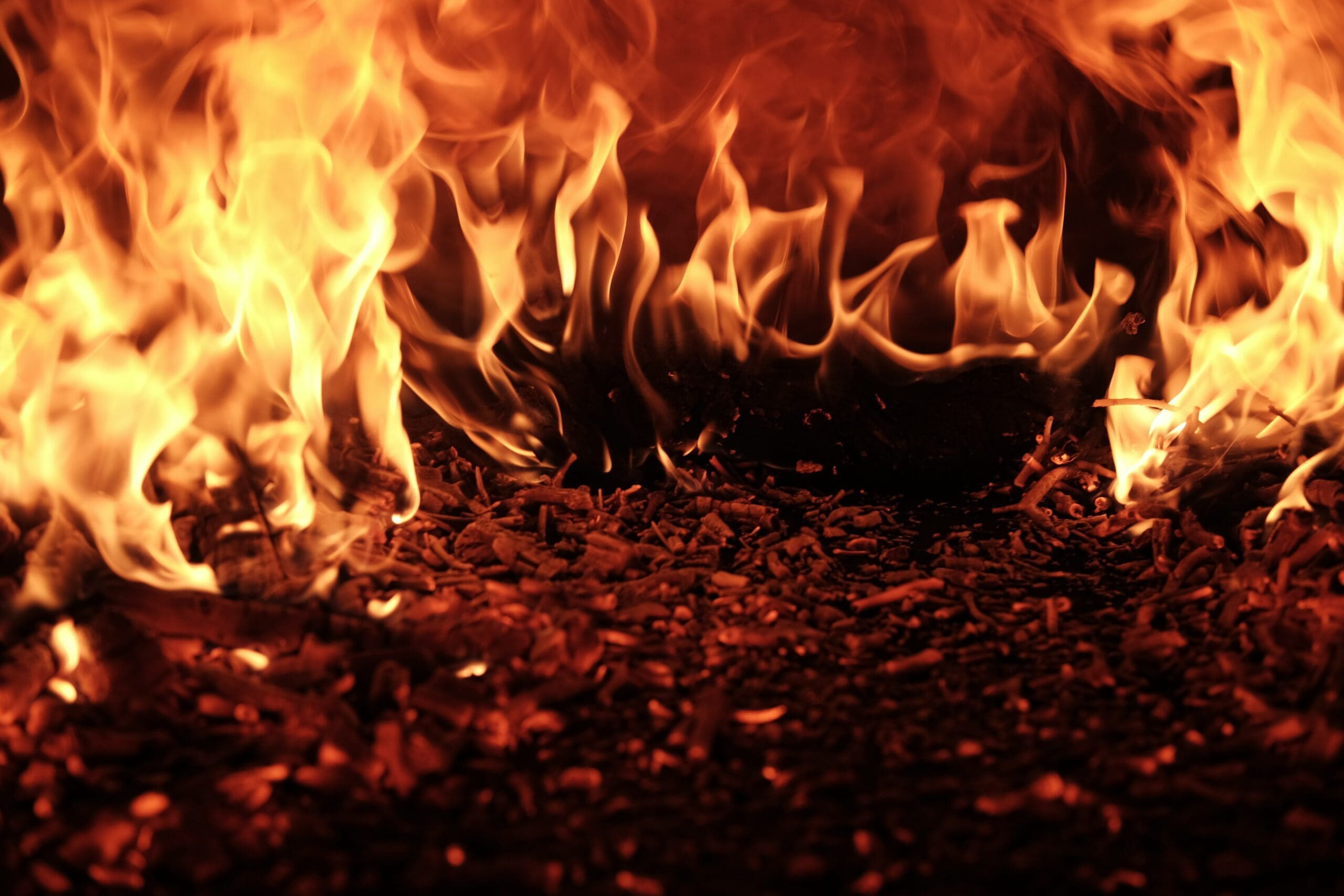Contact Us

Arizona Wildfires: How To Protect Your Home
Unfortunately, natural disasters like Arizona wildfires seem to be a normal part of life now. Indeed, the notion of “wildfire season” is quickly fading, as these devastating events become more common as climate change causes rain to stop falling earlier, snow to melt faster, and thirsty vegetation to turn large areas of the West, Southwest, and beyond into tinderboxes.
According to the Sierra Club, earlier this year, two wildfires in the largest size category have already made the list of 2022 National Declared Disasters maintained by the Federal Emergency Management Agency: the Tunnel Fire, currently 95 percent contained at 19,075 acres, and the Crooks Fire outside of Prescott, Arizona, currently 83 percent contained at 9,402 acres.
Experts report that all is not lost, however, and there is plenty homeowners can do to prevent their homes from being destroyed in a wildfire.
Fireproof Your Roof
Wildfire embers from surrounding blazes frequently fall to roofs, where they can start a fire that swiftly engulfs the entire house. No matter what else you do, a flammable roof will determine whether your house is destroyed or not, according to fire scientists. The best defense available in this circumstance? A roof is made of nonflammable materials such as metal, slate, tiles, or asphalt shingles.
The most popular flammable roof covering material is wood shingles, although homeowners who don’t want to deal with re-roofing can treat their wooden roofs with a fire retardant or install rooftop sprinkler systems. Experts caution that these approaches might not be sufficient, so you might want to think about using different materials entirely. A conventional asphalt shingle roof with a solid installation can be your best bet.
Additionally, a deadly ember landing bed can be created by leaves and pine needles that accumulate in gutters. Make sure to periodically clean the gutters on your roof.
Keep Arizona Wildfires Embers at Bay
Because houses are invariably stocked with flammable items like carpets, blinds, and furniture, virtually no home is secure if embers have the potential to blow inside. Consequently, here is a second principle to direct your fire safety measures: keep embers at bay. Any vent openings outside should be covered with 1/8-inch hardware cloth. Make sure your doggie or cat door seals fully and keep it closed throughout Arizona wildfire season, if you have one. Embers frequently enter roofing gaps, so fix any damaged or missing shingles or tiles and caulk any gaps.
Another weak location for Arizona wildfires is Windows. Radiant heat has the potential to melt plastic skylights and crack or even break glass windows, letting embers into the house. High temperatures can be withstood better by glass that is double-paned and tempered.
Secure the Perimeter
After concentrating on safeguarding your roof and avoiding Arizona wildfires, you should start to think about the five feet surrounding your property. After all, a mattress burning inside a house can be just as dangerous as something catching fire next to it. Assume that if something is connected to or touches a house, it should be considered a component of the house. The National Fire Protection Association recommends moving propane tanks and firewood piles at least 30 feet away from the house since they are dangerous. Also, move any construction debris away from the house if any is nearby.
These recommendations might seem overly obvious, but homeowners frequently overlook less visible combustibles. It is helpful to remember that everything organic is a fuel source. Mulch is frequently a wildfire culprit because these organic fertilizers are frequently used to line planting beds next to houses and are easily ignited by embers. The NFPA also advises using gravel or stone products instead of organic mulch, if it is within five feet of your home. Additionally harmful are plants like juniper and pine that produce oils and resins. Generally speaking, be sure to frequently water and care for any vegetation close to the house.
The NFPA advises using a metal or masonry barrier to separate wooden fences from the residence. After all, if wooden components linked to a house catch fire, they will spread the flames to the main building. If you have a wooden deck, be sure to keep it free of clutter and to frequently remove any dead plants that may have grown there.
Establish a “Defensible Space”
The house and anything within a radius of 100 to 200 feet is collectively referred to as the “home ignition zone.” If there is enough flammable debris in the road, the flames themselves can swiftly cover that distance if there is enough radiant heat from an intense wildfire. This can ignite a house from up to 100 feet away. Therefore, if you live in a wildfire-prone area, protecting only your home and the five feet around it exposes you to a great deal of risk.
The front line of a property’s wildfire defense is within 30 to 100 feet. Your planning in this area should be guided by the idea of creating a “defensible space” that can stop flames from getting close to your house and provide firefighters with a secure area to fight the blaze. For instance, the zone between 30 and 100 feet out should be maintained as a “reduced fuel zone,” once fuel sources have been removed from the immediate vicinity of the house. Plants in this area need to be separated from one another, low-hanging tree branches need to be clipped, and all vegetation needs to be routinely irrigated.
Some homeowners even go as far as removing all vegetation from the area surrounding their homes to create a defensible space. But contrary to popular belief, well-placed vegetation can prevent wind-blown flames from reaching your home. According to the California Chapparal Institute, an area that is completely free of vegetation becomes a “bowling alley” for embers.
Work Together
If nearby homes catch fire, even the best-prepared residence faces considerable danger. If you reside in a densely populated region, your house is only as fire-resistant as the weakest points in your community.
Thus, the preparedness for a community-wide fire might be just as crucial as what you do on your property. More than 1,400 neighborhoods worldwide have implemented community-level wildfire action plans as part of the NFPA’s Firewise recognition program, which is sponsored by the U.S. Forest Service. Find out how you can contribute to making your neighborhood a safer place by looking through these resources.
